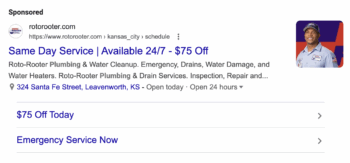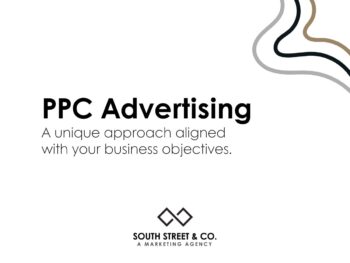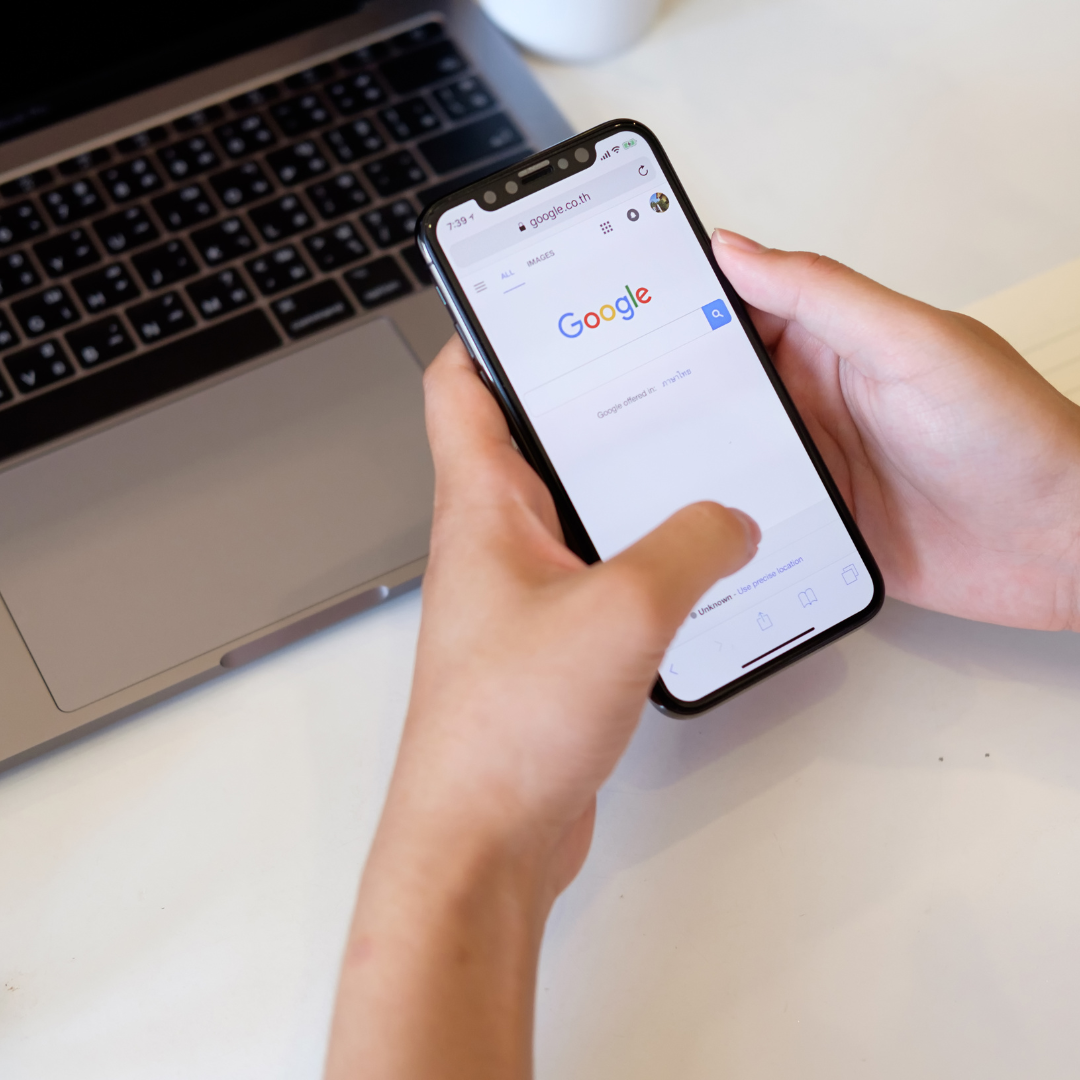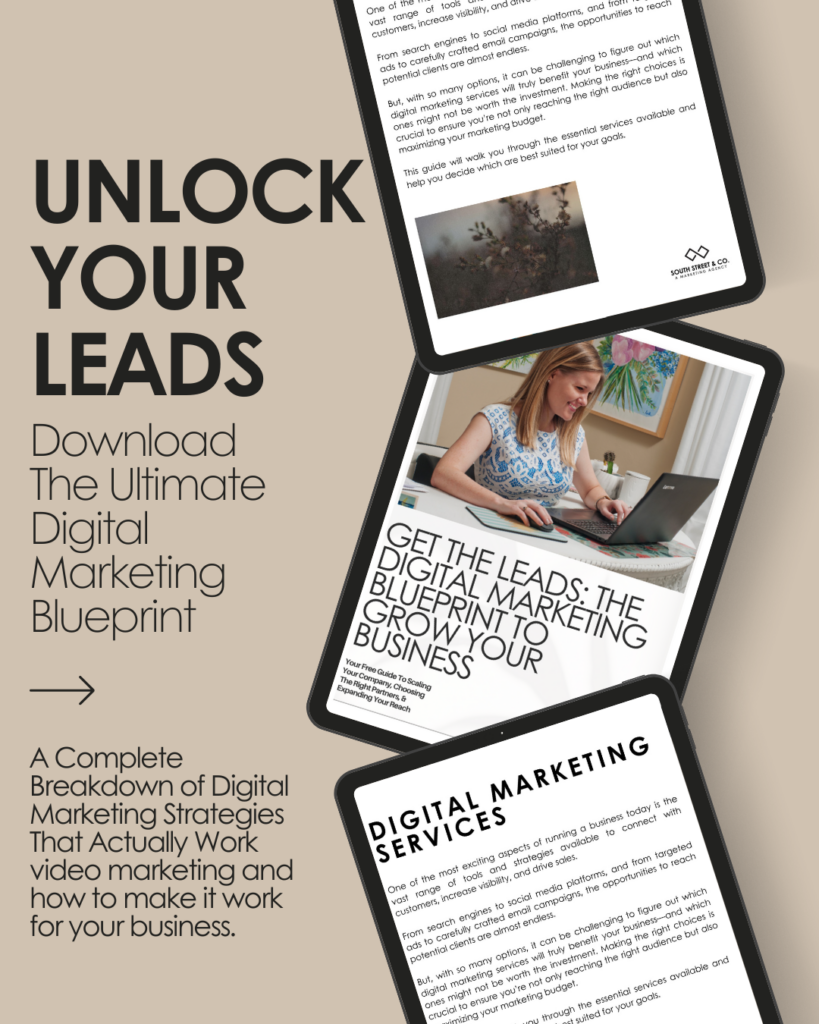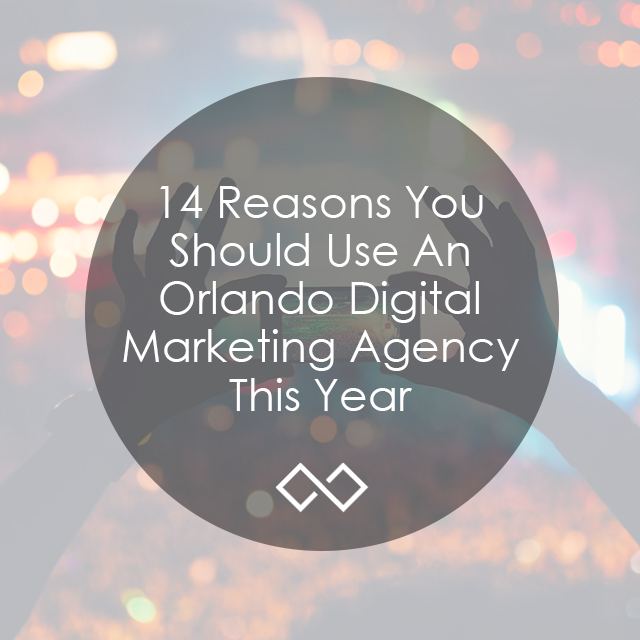TABLE OF CONTENTS
- 1 Why Google Ads Work for Service-Based Businesses
- 2 Make It Relevant: Match the Searcher’s Intent
- 3 Lead with the Benefit — Not Just the Service
- 4 Use Numbers, Ratings, and Specifics to Build Trust
- 5 Guide the Click with Clear Calls-to-Action
- 6 Highlight What Makes You Different
- 7 Keep It Simple, Scannable, and Testable
- 8 Partner With a PPC Agency That Knows How To Write A Good Google Ad Headline
Having a Google Ad is one thing; knowing how to write a good Google ad headline to attract clicks is another. Read this guide from our Google ad pros to turn clicks into customers.
If you’re investing in Google Ads, you already understand the value of showing up when potential clients are actively searching for your services. Whether you’re a home service provider, a law firm, or a B2B company, Google Ads can drive highly qualified traffic to your site — but only if your ad is compelling enough to earn the click.
That’s where the headline comes in. Your headline is the most prominent part of your ad and plays a significant role in whether someone clicks or scrolls past.
In this guide, we’ll show you exactly how to write a good Google Ad headline that speaks directly to your audience, earns attention, and drives results. We’ll focus on what works best for service-based industries and share expert insights we’ve gained managing PPC campaigns for a wide range of clients.
Why Google Ads Work for Service-Based Businesses
Before we dive into how to write a headline in Google Ads, let’s talk about why Google Ads matter, especially for service-based companies.
Google Ads operates on a pay-per-click (PPC) model, which means you only pay when someone interacts with your ad. That makes them a wise investment, particularly when paired with the right targeting, ad copy, and landing pages.
At South Street & Co., we create and manage tailored PPC campaigns across Search, Display, and Local Services Ads. We use in-depth market research and keyword targeting to ensure your ads appear in the most relevant searches — and that your message speaks directly to the people most likely to convert.
Now, let’s get into what makes a Google Ad headline work.
Make It Relevant: Match the Searcher’s Intent
The first rule of writing a good Google Ad headline is this: make it relevant. The best headlines mirror the language and intent of the person searching. That alignment builds trust and signals to the user and Google that your ad is a good match.
Let’s look at an example for a plumbing company. Which is better?
- “Reliable Plumbing Services” or
- “24/7 Emergency Plumber Near You”
The second headline reflects the urgency someone might feel when searching. It uses the same terms they’re likely typing into Google, which helps your ad appear in more searches and makes it more clickable.
Tip: Use tools like Google Keyword Planner and real search term data to identify exactly what your audience is searching. Then, use that language in your headlines.
Lead with the Benefit — Not Just the Service
It’s easy to default to listing what you do, but a good headline answers the deeper question: what’s in it for me?
Your potential client isn’t just looking for a lawyer, HVAC tech, or consultant — they’re looking for relief, results, and reliability. Your headline should highlight the benefit they’ll receive by working with you.
For a law firm, instead of “Free Consultation Available,” try “Protect Your Rights — Free Legal Consultation.”
For a B2B firm, instead of “CRM Setup Services, try “Close More Deals — Expert CRM Setup.”
For a home services business, instead of “Certified HVAC Technicians,” try “Stay Cool Today — Same-Day AC Repair.” Here’s a good example:
When you focus on outcomes, you tap into the emotions and motivations that drive people to take action — and that’s where conversions start.
Use Numbers, Ratings, and Specifics to Build Trust
In industries where trust is everything, like legal services or home repair, specifics matter. Anyone can say they’re “trusted” or “reliable,” but those claims mean more when they’re backed by real data.
Incorporate elements like:
- Star ratings and reviews: “4.9 Stars, Rated by 500+ Clients”
- Years of experience: “Serving Tampa Since 2008”
- Service volume: “Over 1,000 Cases Handled”
These details set you apart from competitors who rely on vague language. And because they look like measurable proof, they give users the confidence to click.
Bonus: These specifics can also improve your ad’s Quality Score, a Google metric that affects your cost-per-click and ad position.
Guide the Click with Clear Calls-to-Action
If you want people to take the next step, tell them exactly what to do — and why they should do it now.
Strong calls-to-action (CTAs) not only direct behavior but also build urgency. And in competitive industries, even a slight boost in click-through rate can make a huge difference.
Here are some examples of CTAs that will get that click:
- “Book Your Free Estimate Today”
- “Call Now — Appointments Filling Fast”
- “Schedule a Free Strategy Call”
- “Get a Quote in 60 Seconds”
Your CTA doesn’t need to be clever — it needs to be clear, relevant, and motivating.
Pro tip: Test multiple CTAs across your 15 headline slots in Responsive Search Ads. Google will automatically prioritize the ones that perform best.
Highlight What Makes You Different
To write a compelling Google Ad headline, you must communicate your unique value in just a few words.
Ask yourself: What can you say that your competitors can’t? Maybe you’re locally owned, offer 24-hour service, specialize in a niche, or have won awards. Whatever it is, lead with that difference.
Here are examples across industries:
- “Trustworthy Injury Lawyers – No Win, No Fee”
- “Woman-Owned Marketing Agency — Local & National Clients”
- “Same-Day AC Repair — Family-Owned Since 2005”
These aren’t just selling points — they’re differentiators that help people choose you over the other five ads on the page. Here’s a great example of “what’s in it for them.”
Keep It Simple, Scannable, and Testable
Once you’ve nailed your message, it’s time to think about structure and strategy. Google’s Responsive Search Ads format allows you to test up to 15 headlines and four descriptions — take advantage of it.
Here’s how:
- Mix emotional and practical headlines: “Get Peace of Mind Today” vs “Flat-Rate Pricing on Legal Services”
- Vary tone and style: Some direct, some conversational.
- Keep each headline under 30 characters where possible to avoid truncation.
- Use title case (Capitalize Each Word) for readability.
- Avoid excessive punctuation (!!!) or all caps — they can look spammy and violate Google’s ad policies.
Test different combinations, monitor results, and refine based on performance. That’s where real PPC success happens — not just in what you write, but in how you evolve it.
Partner With a PPC Agency That Knows How To Write A Good Google Ad Headline
Writing high-performing headlines is both a creative and strategic process, and it’s just one part of a successful Google Ad campaign. At South Street & Co., we don’t just write ads — we build and manage results-driven campaigns tailored to your business goals.
Our team offers full-service PPC management, including:
- Campaign setup and audience targeting
- Search, Display, and Local Service Ads
- Market and keyword research
- Ad copywriting and graphic design
- Budget optimization and performance tracking
- Ongoing testing and campaign refinement
If you’re ready to get better results from your Google Ads, we’re here to help. Whether you want to improve your current campaigns or build a new strategy from the ground up, we’ll make sure your headlines don’t just show up — they stand out.
Contact us today to book a complimentary call, and let’s start turning those clicks into customers.

